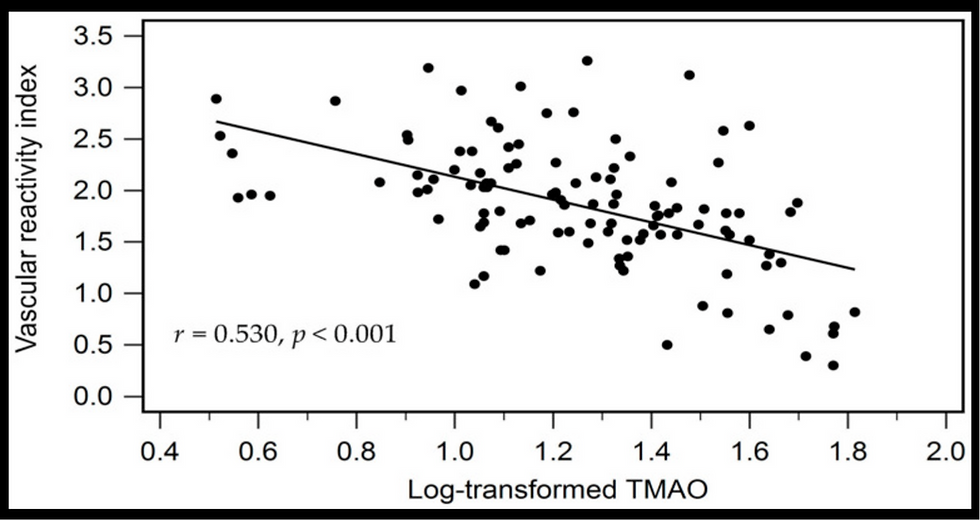Endothelial Dysfunction Links COVID to DVT
- heartlung
- Jan 16, 2023
- 2 min read
Updated: Jan 18, 2023

Front Physiol 2021 Jan 8;11:608788.
Pathophysiological Processes Underlying the High Prevalence of Deep Vein Thrombosis in Critically Ill COVID-19 Patients
Sebastian Voicu 1 2, Chahinez Ketfi 3, Alain Stépanian 4 5, Benjamin G Chousterman 6 7 8, Nassim Mohamedi 3, Virginie Siguret 4 9, Alexandre Mebazaa 6 7 8, Bruno Mégarbane 1 2, Philippe Bonnin 3 10
Affiliations collapse
Affiliations
1 Department of Medical and Toxicological Critical Care, Hôpital Lariboisière, APHP, Faculté de Santé, Université de Paris, Paris, France.
2 INSERM UMRS 1144, Université de Paris, Paris, France.
3 Department of Clinical Physiology, Hôpital Lariboisière, APHP, Faculté de Santé, Université de Paris, Paris, France.
4 Laboratory of Biological Hematology, Hôpital Lariboisière, APHP, Faculté de Santé, Université de Paris, Paris, France.
5 EA3518, Université de Paris, Paris, France.
6 Department of Anesthesia and Critical Care, Faculté de Santé, Hôpital Lariboisière, APHP, FHU PROMICE, Paris, France.
7 Université de Paris, Paris, France.
8 INSERM UMR-S 942 – MASCOT, Université de Paris, Paris, France.
9 INSERM UMR-S 1140, Université de Paris, Paris, France.
10 INSERM U1148, LVTS, Université de Paris, Paris, France.
PMID: 33488398 PMCID: PMC7820906 DOI: 10.3389/fphys.2020.608788
Abstract Coronavirus disease 2019 (COVID-19) predisposes to deep vein thrombosis (DVT) and pulmonary embolism (PE) particularly in mechanically ventilated adults with severe pneumonia. The extremely high prevalence of DVT in the COVID-19 patients hospitalized in the intensive care unit (ICU) has been established between 25 and 84% based on studies including systematic duplex ultrasound of the lower limbs when prophylactic anticoagulation was systematically administrated. DVT prevalence has been shown to be markedly higher than in mechanically ventilated influenza patients (6-8%). Unusually high inflammatory and prothrombotic phenotype represents a striking feature of COVID-19 patients, as reflected by markedly elevated reactive protein C, fibrinogen, interleukin 6, von Willebrand factor, and factor VIII. Moreover, in critically ill patients, venous stasis has been associated with the prothrombotic phenotype attributed to COVID-19, which increases the risk of thrombosis. Venous stasis results among others from immobilization under muscular paralysis, mechanical ventilation with high positive end-expiratory pressure, and pulmonary microvascular network injuries or occlusions. Venous return to the heart is subsequently decreased with increase in central and peripheral venous pressures, marked proximal and distal veins dilation, and drops in venous blood flow velocities, leading to a spontaneous contrast “sludge pattern” in veins considered as prothrombotic. Together with endothelial lesions and hypercoagulability status, venous stasis completes the Virchow triad and considerably increases the prevalence of DVT and PE in critically ill COVID-19 patients, therefore raising questions regarding the optimal doses for thromboprophylaxis during ICU stay. Keywords: COVID-19; D-dimer; deep vein thrombosis; hemostasis disorder; venous stasis. Full-Text

![Lipoprotein(a) levels predict endothelial dysfunction in maintenance hemodialysis patients: evidence from [VENDYS] vascular reactivity index assessment](https://static.wixstatic.com/media/dac531_5285607cc591409a9d83746f042af7c6~mv2.png/v1/fill/w_980,h_980,al_c,q_90,usm_0.66_1.00_0.01,enc_avif,quality_auto/dac531_5285607cc591409a9d83746f042af7c6~mv2.png)


Comments